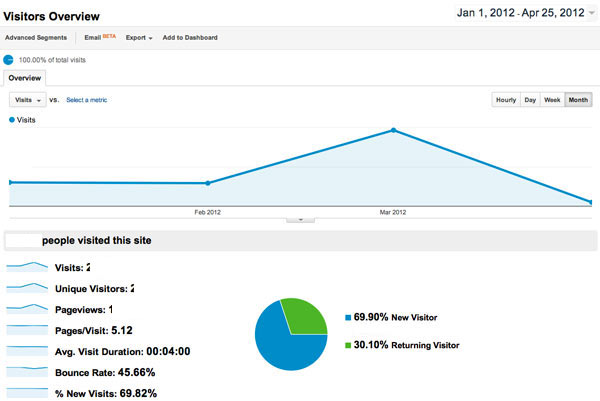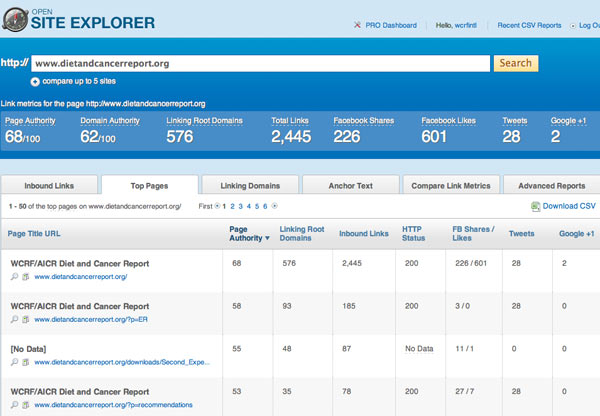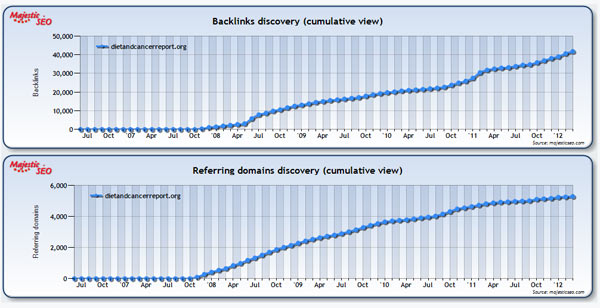SEO (search engine optimisation) is the process of improving the visibility and effectiveness (clickthrough rate, conversion rate, user experience) of a website in organic (non-paid) search results. An SEO strategy is a plan to make an SEO campaign a success.
Before we get into the specifics, it is worth pointing out that one of the most important components in any SEO strategy is to always be prepared to change/adjust/experiment with an existing SEO approach by regularly making tweaks as a result of the world events happening around us as well as changes that take place in the search industry (e.g. Google’s Panda Update, Venice Update, Over-Optimization Update, etc.). SEO tactics heavily depend on numerous online and offline factors including:
- User behavior on the site (bounce rate, average time on site, percentage of returning vs. new visits, number of pages per visit) that can be tracked using web analytics tools.
- Current events that take place in the world (be it popular holidays, sports competitions, natural disasters or some other relevant events that results in a high search volume for certain keywords).
- Changes in Google Algorithm or changes in Bing or Yahoo.
- Resources that can be invested in SEO (labor, software licenses, etc.). There are lots of online SEO tools that can be of great help.
Any SEO plan (inbound marketing plan) should target two major areas:
- On-page SEO – things that can be done to the website (text copy, website structure, user experience, keyword research and integration, redirects, canonicalisation, technical SEO that deals with the server setup and page loading speeds, etc.).
- Off-page SEO – things that deal with online/offline outreach, reputation building and link building.
It is imperative to have tangible measurables to be able to monitor and evaluate the success or failure of an SEO campaign. These measurables can be setup as goals and campaigns in your Google Analytics profile.
How to create an SEO strategy
In order to explain how to create an SEO strategy and what areas to look at while building an SEO plan, I will look at a specific website example (www.dietandcancerreport.org or DCR) and cover some of the most important on-page SEO elements as well as briefly touch base on the off-page SEO activity (link building) that can be done to improve the site’s rankings that result in some high-quality organic web traffic. I will provide some basic recommendations/action points to accompany the theory.
It appears that the web team has done a good job with using clean coding, proper webpage filenames and generally uncluttered and user-friendly navigation and layout on the DCR website.
Create proper folder redirects (e.g. www.dietandcancerreport.org/cup/index.php should redirect to www.dietandcancerreport.org/cup/, www.dietandcancerreport.org/CUP/Index.php should redirect to www.dietandcancerreport.org/cup/).
The DCR web team has been implementing unique title and meta description tags wherever possible trying to make sure that the keywords reflect the content of the pages.
Analyze the stats from Google Analytics and perform keyword research on a regular basis (1-2 times a year) to determine the most effective phrases (head terms, chunky middle terms and long-tail keywords).
At this stage, the copy has decent keyword density and utilizes relevant phrases.
Revisit the copy every 6 months to make sure it is not outdated.
Based on the website traffic report from Jan 1, 2012 to Apr 25, 2012, the bounce rate, average time on site, number of pages per visit and number of return visits look pretty good.

Minimize the bounce rate, try to increase the average time per visit, number of pages per visit and number of return visits. This can be done by evaluating the structure of the pages that have the highest bounce rate, analyzing and adjusting the keywords that bring search traffic to high bounce rate pages.
The web team can now measure the number of visits coming from the main social media sites (Facebook, Twitter, Linkedin, YouTube, etc.). According to the Open Site Explorer, the total number of Facebook shares is 226 and the total number of Facebook likes is 601.
Carefully plan your social media postings by posting regularly and engaging people into discussions. Implement social media sharing tools. Integrate Google+ author profiles.
The existing text copy contains relevant link references to other pages on the site whenever appropriate.
Determine the top pages on the site (using tools like Open Site Explorer) and link from these pages to the pages that lack good positions in SERPs. Utilize relevant anchor text.
As of today, the organization does not have a carefully planned link building campaign and there is no staff member who is responsible for link building. Backlinks are currently being built naturally by people who visit the site via search engines and decide to link back to the relevant pages. According to the Open Site Explorer, the site has 576 linking root domains and 2,445 total links.

The Majestic SEO chart shows that the number of backlinks have been rapidly increasing since 2008.

- Have staff members create new content and promote this content on blogs and social media sites.
- Approach universities and scientists who reference the findings of the report in their cancer prevention research and ask for backlinks to the site.
- Work with the media and government to promote the importance of the diet and cancer report by writing relevant research articles and press releases.
- Create a series of infographics and online tools to explain the scientific report findings in lay terms.
- Write guest blog posts and emails to relevant bloggers who would be willing to link to the site.
- Analyze the competitor link profiles and work on acquiring similar backlinks.
- Search for WCRF or DCR brand mentions online and contact the webmasters asking to link the brand names back to the site.
- Search Google for various outdated cancer stats pages or outdated cancer prevention resources, analyze the sites that link to these outdated resources and reach out to those sites asking for a backlink to the up-to-date resources/data published on the DCR site.
Please share your thoughts and recommendations in the comments area to advise on the SEO tactics that can help www.dietandcancerreport.org.
Author: John Miller
John oftentimes takes the lead as the Agile Project Manager and SEO expert, which allows him to be hands-on with the latest trends.